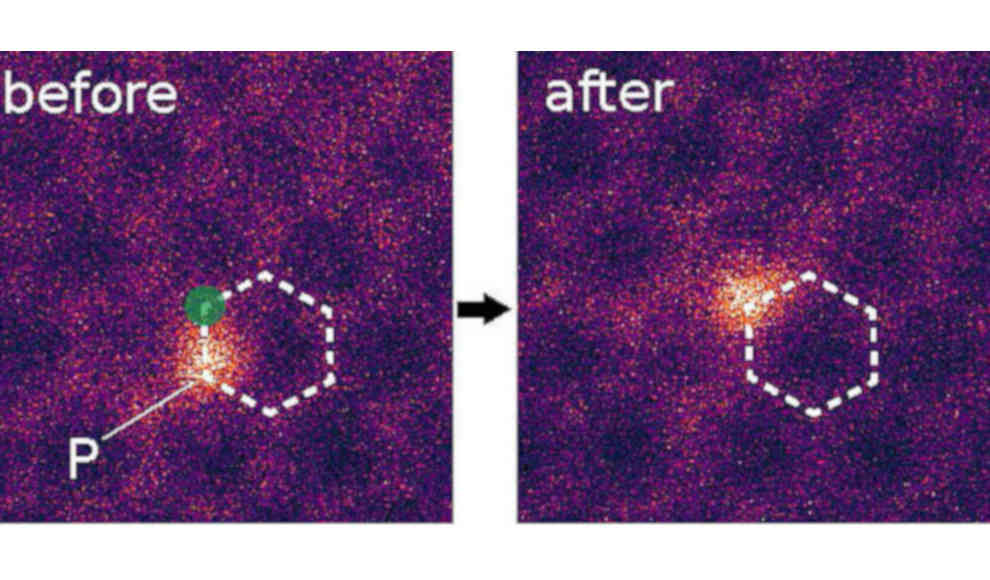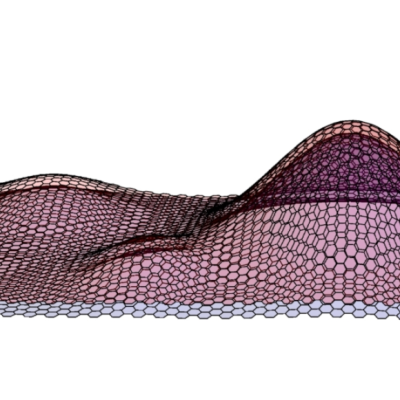A new method for manipulating the position of individual atoms has been developed by scientists at the University of Vienna and the Massachusetts Institute of Technology (MIT). The technique involves using an electron beam to trigger a jump in the position of an atom, similar to the way a cue ball moves other balls in a game of billiards. The method is faster than previous techniques, which relied on mechanical manipulation using a scanning tunneling microscope. The researchers believe the technique could be used to create new materials.
The new method uses a raster-transmission electron microscope (STEM) to shoot a focused electron beam at a sample, causing an atom to jump to a new position. The position of the atom can be controlled by adjusting the angle and position of the beam. The technique is fully electronic and does not require any mechanical parts, making it faster than previous methods. The researchers tested the technique using phosphorus atoms in a layer of graphene, which is commonly used in silicon chips. By predicting the new position of the atoms, the researchers were able to manipulate the material’s properties.
The researchers believe that the technique could be used to manipulate atoms in other materials, and could be controlled using artificial intelligence. The improved understanding of the interaction between electrons and matter could also help to develop models that are applicable to a wide range of materials. The research was published in the journal Science Advances, and was accompanied by a study in the journal Nature Reviews Physics that explored the effects of electron beams on two-dimensional materials.










